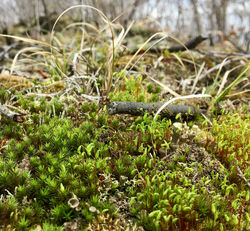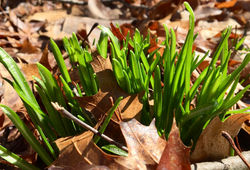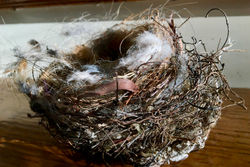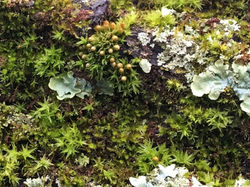Look closely at the smallest corners of the natural world. That's where you'll find magic.
Small things fascinated me as a child. I loved books like Mary Norton’s The Borrowers, E. B. White’s Stuart Little, and Twig, by Elizabeth Orton Jones--all stories that starred tiny characters. Twig was my favorite. Its main character was an ordinary girl who could have been me or any other child. She lived in a city apartment and played in a dirt yard with only a dandelion and a tiny stream from a leaky drainpipe. But when Twig found an empty tin can, she set it down under the dandelion and the drainpipe stream, turning the can into a house with a waterfront view. Adding a bridge made from a stick of gum, a bottle cap table, and a feather broom donated by a sparrow, she transformed her yard into a magical land, which ultimately enticed an elf and a fairy to visit.
This stunned me as a child. If Twig could make magic happen in an empty city lot, then it really could happen anywhere. Maybe even I could make it happen. It wasn’t until I trained as a psychologist and then started writing stories that I began to understand this fascination. Psychology and fiction are both about transformation. They are both portals to another world. In the best of circumstances, each helps us leave behind the way we were and enter the way we would like to be. Departing the dull and the mundane, we cross over to a new land.
The small natural places of the world are another kind of portal. Bending down to examine these tiny corners, I slip out of the everyday routine into a little kingdom. Look closely at small wonders: a bird’s nest, moss, a dandelion, or narrow stream. Each conjures magic and begins a story.
 |  |  |  |
|---|---|---|---|
 |  |  |  |
 |  |  |  |